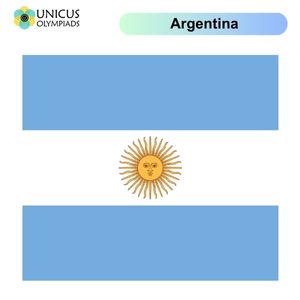

Flags are powerful symbols of a nation's identity, history, and values. They are used to represent a country, state, or organization and are often associated with national pride, unity, and culture. Each flag has its own unique design, and the colours and symbols on the flag often carry specific meanings related to the country’s history, culture, and beliefs. In this section, we will explore the flags of different countries and explain what their colours represent.
The flag of the United States is one of the most recognized flags in the world. It features 13 alternating red and white stripes, representing the original 13 colonies, and a blue canton with 50 white stars, representing the 50 states.
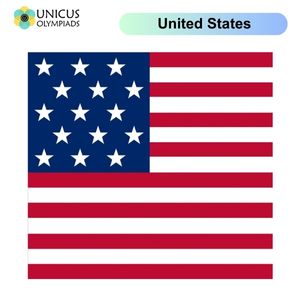
The flag of the United Kingdom, also known as the Union Jack, combines elements from the flags of England, Scotland, and Ireland. It features a blue field with a red and white cross.
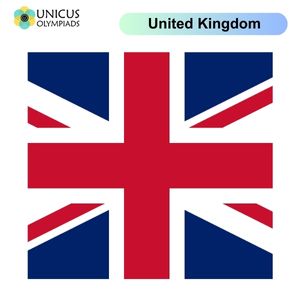
The flag of Canada features two vertical red bands on the left and right, with a white square in the center containing a stylized red maple leaf with 11 points.
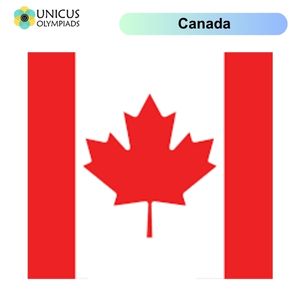
The flag of India is known as the Tricolor. It consists of three horizontal stripes of saffron, white, and green, with a 24-spoke wheel (Ashoka Chakra) in the center.
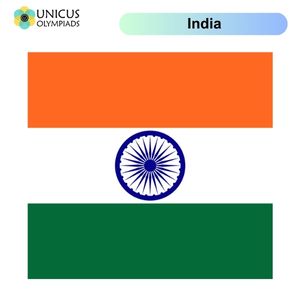
The flag of Japan is simple yet highly symbolic, consisting of a white field with a red circle in the center representing the sun.
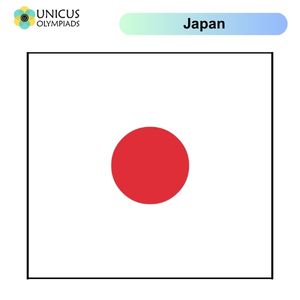
The flag of Brazil is green with a yellow diamond in the center, inside which is a blue globe with 27 white stars, each representing a state and the Federal District, along with a white band containing the national motto.
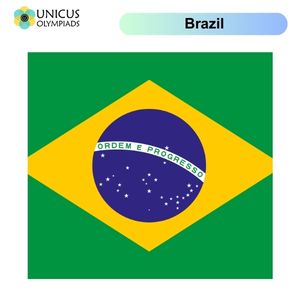
The flag of France, known as the Tricolore, consists of three vertical stripes: blue on the left, white in the middle, and red on the right.
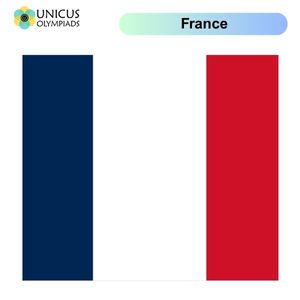
The flag of Germany consists of three horizontal stripes: black on the top, red in the middle, and gold at the bottom.
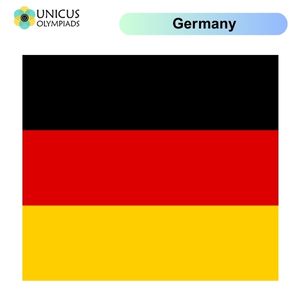
The flag of South Africa is one of the most colorful flags in the world, with green, yellow, black, white, red, and blue forming a Y-shape.
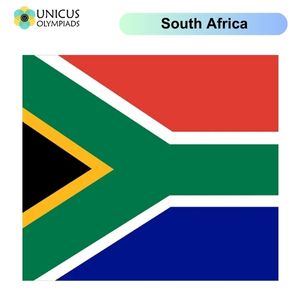
The flag of Italy consists of three vertical stripes: green on the left, white in the middle, and red on the right.
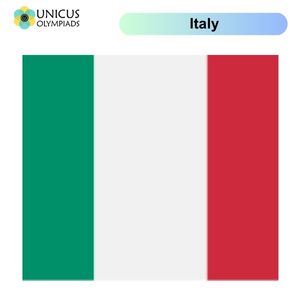
The flag of Mexico is similar to the flag of Italy but includes a national coat of arms in the center, featuring an eagle perched on a cactus with a snake in its beak.
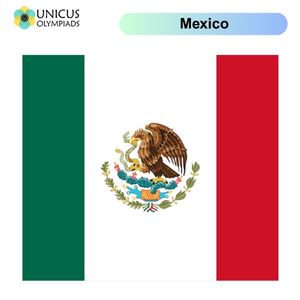
The flag of Spain consists of three horizontal stripes: red on the top and bottom, and a yellow band in the middle that is twice the height of the red stripes.
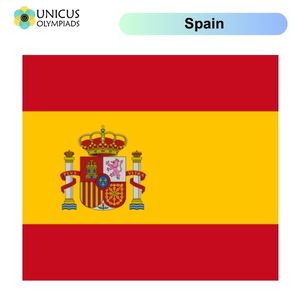
The flag of Saudi Arabia is green with white Arabic script and a sword beneath it.
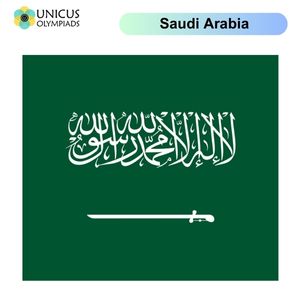
The flag of South Korea consists of a white field with a red and blue circle in the center, known as the Taegeuk, surrounded by four black trigrams.
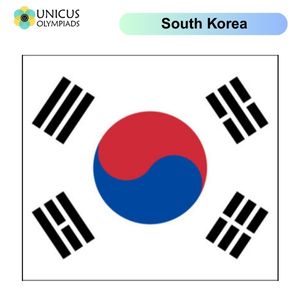
The flag of Argentina has three horizontal bands: light blue on the top and bottom, with a white band in the center that contains a golden sun with a face.
